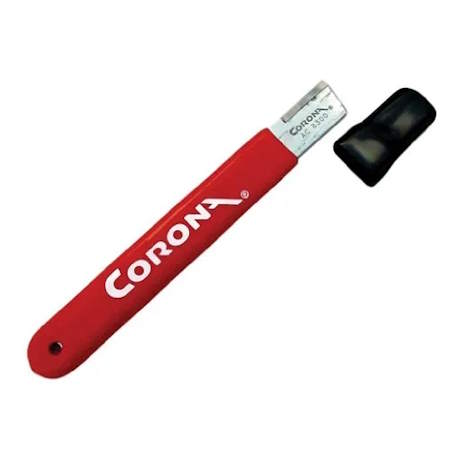‘Little and often’ is the best way to cut back petunias for neat plants that bloom all summer long
A regular regime of pruning prevents legginess and promotes extended blooming - see when and how to cut back petunias


If you want easy-to-grow and prolific-blooming plants that can provide pops of color all summer long, look no further than petunias. These hugely-popular fast-growing plants come in different sizes, textures, and colors and are highly versatile as part of any backyard idea.
Often grown as annuals, petunias can be successfully used in flower beds, containers, or hanging baskets. Their long flowering period is one of their great merits and regular pruning of petunias will keep them looking at their best for the entire season.
While many plants require one or two trims per year, petunias benefit from a more regular regime of cutting back and deadheading throughout the summer. So add cutting back petunias to your summer gardening checklist and see our guide to when and how you trim.

Cutting back petunias rewards you with more of their bright blooms
Should petunias be cut back?
Pruning petunias offers several benefits. It helps to keep petunias blooming for longer, ensures the plant remains healthy, and encourages new growth. It is a quick and easy task that will keep petunias looking great.
When to cut back petunias

Getting the timing right for pruning petunias keep the flowers coming thick and fast all summer long
Prune petunias throughout the growing season to keep the plant at its best. If you purchase petunias to plant in your backyard, an early prune when you plant them can encourage them to grow bushier and you will get fuller plants with lots of buds.
The plants quickly grow at the start of the season in May and June. Thad Fry, plants expert and research specialist in the Darr College of Agriculture at Missouri State University, recommends cutting back petunias in July after this early vigorous growth starts to slow down.
From that point on, petunias will benefit from regular trimming. Thad recommends pruning them at least every week, saying: ‘You don't need to prune every stem every week; just pick the oldest and longest stems.’
Little and often is the best approach to pruning petunias, trimming a small amount of leggy stems every week or two will keep them looking at their best for longer. Pruning these older bare stems will encourage the plant to develop new growth to fill the space and keep petunias full and healthy.
Deadheading petunias throughout the summer is also essential to keep the plant flowering for longer. It stops the petunia from putting energy into developing seeds and redirects it back into flowering. Routinely check the plants weekly to remove unsightly spent blooms. If you also identify any dead, damaged, or diseased growth, remove them throughout the year.
Continue to lightly trim and deadhead petunias throughout the summer before giving the plant a final pruning at the end of September.
How to cut back petunias
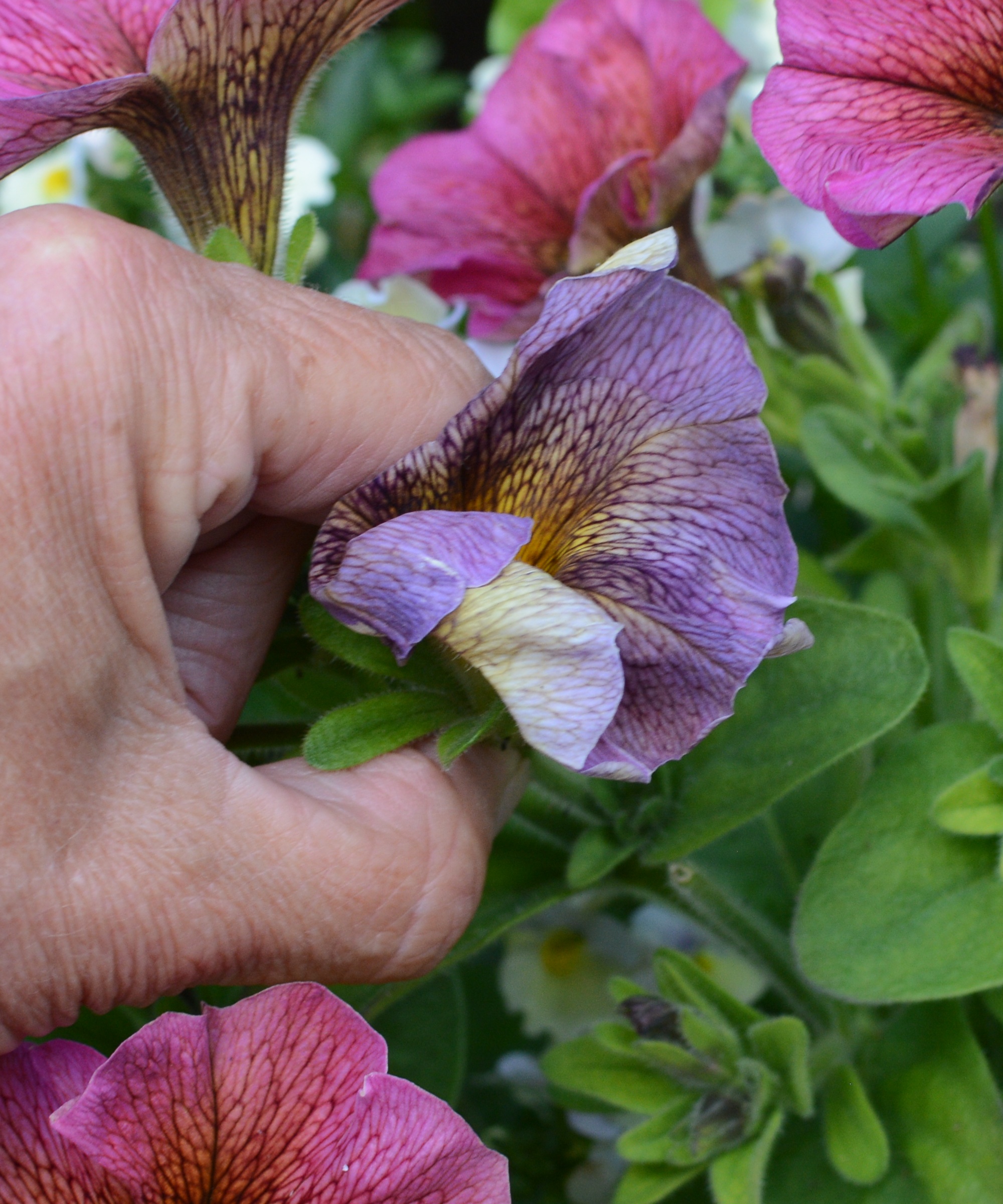
Cutting back petunias and deadheading is a regular task for summer
As with any pruning, use sharp and clean pruning shears to prevent tearing or crushing stems and increase the disease susceptibility. A pair of pruning shears, snips, or kitchen scissors are the ideal garden tools for pruning petunias, while spent flowers can easily be pinched between your thumb and forefinger.
‘Most of the time should be spent cutting off the spent flowers and trimming the stem back just above a healthy leaf node. This practice will then inspire constant blooming and help prevent legginess,' says Mathew Wilson, a professional gardener and CEO of Handy Gardeners.
‘Snip off the spent flowers and trim the stems back to allow new growth at the leaf node, which helps keep the petunias compact. This method provides lots of blooms all summer long.’
When it comes to how to prune petunias sensibly, observe the one-third pruning rule. The stems can be cut back by a third but no more than half of a stem’s total length.
When you regularly trim the plant throughout the summer, the maximum you can cut in one go is one-third. Removing more material than this in one go risks stressing the plant and leaving it susceptible to pests and diseases. There is no guarantee how the petunia will respond to such heavy pruning and it may not reshoot and look as compact and neat as you desire.
If you are growing lots of petunias, it may seem like a lot of time, planning, and effort to trim and deadhead them all. Lauren Kurtz, a professional horticulturist and wikiHow Gardening Expert, recommends establishing a simple routine of cutting a third of your plants every week.
‘Each trimmed stem will branch out and give 3 or 4 new blooms within 2-3 days. Remove the bulk of the stems, leaving at least 2 inches to regrow,’ says Lauren. ‘This is an effective way to remove deadheads if you have too many plants to pinch off individual deadheads one at a time.’
Feeding plants after trimming with a balanced fertilizer can help promote strong regrowth and keep the petunia blooming and healthy.
Shop pruning tools

Steel blade micro-tip plant shears ideal for pruning flowers, herbs, and more. Micro-tip blades cut all the way to the tip for clean, healthy cuts
FAQs
Why are my petunias tall and spindly?
Petunias can begin to look leggy and spindly during summer, with the blooms appearing on the end of tall stems. The key to avoiding tall and spindly petunias is to make sure you water plants regularly so they have enough moisture. Another important factor is pruning and removing spent flower heads and seed heads. Regularly cutting back and deadheading will prevent petunias from getting leggy.
Whether you have these dazzling plants in your flower beds or grow petunias in pots for stunning displays on a patio, deck, or balcony, remember to trim them little and often for the best blooms. It can be a quick and simple job, with the rewards far outweighing the effort.
Sign up to the Homes & Gardens newsletter
Design expertise in your inbox – from inspiring decorating ideas and beautiful celebrity homes to practical gardening advice and shopping round-ups.

Drew’s passion for gardening started with growing vegetables and salad in raised beds in a small urban terrace garden. He has worked as a professional gardener in historic gardens and specialises in growing vegetables, fruit, herbs, and cut flowers as a kitchen gardener. That passion for growing extends to being an allotmenteer, garden blogger, and producing how-to gardening guides for websites. Drew was shortlisted for the New Talent of the Year award at the 2023 Garden Media Guild Awards.
-
 I tried the Temptation Method to finally unpack the boxes I'd been ignoring after a stressful house move – I'm relieved it worked so well
I tried the Temptation Method to finally unpack the boxes I'd been ignoring after a stressful house move – I'm relieved it worked so wellWith a pile of unpacked boxes clogging up my home office, it was time to get motivated
By Sophie Warren-Smith
-
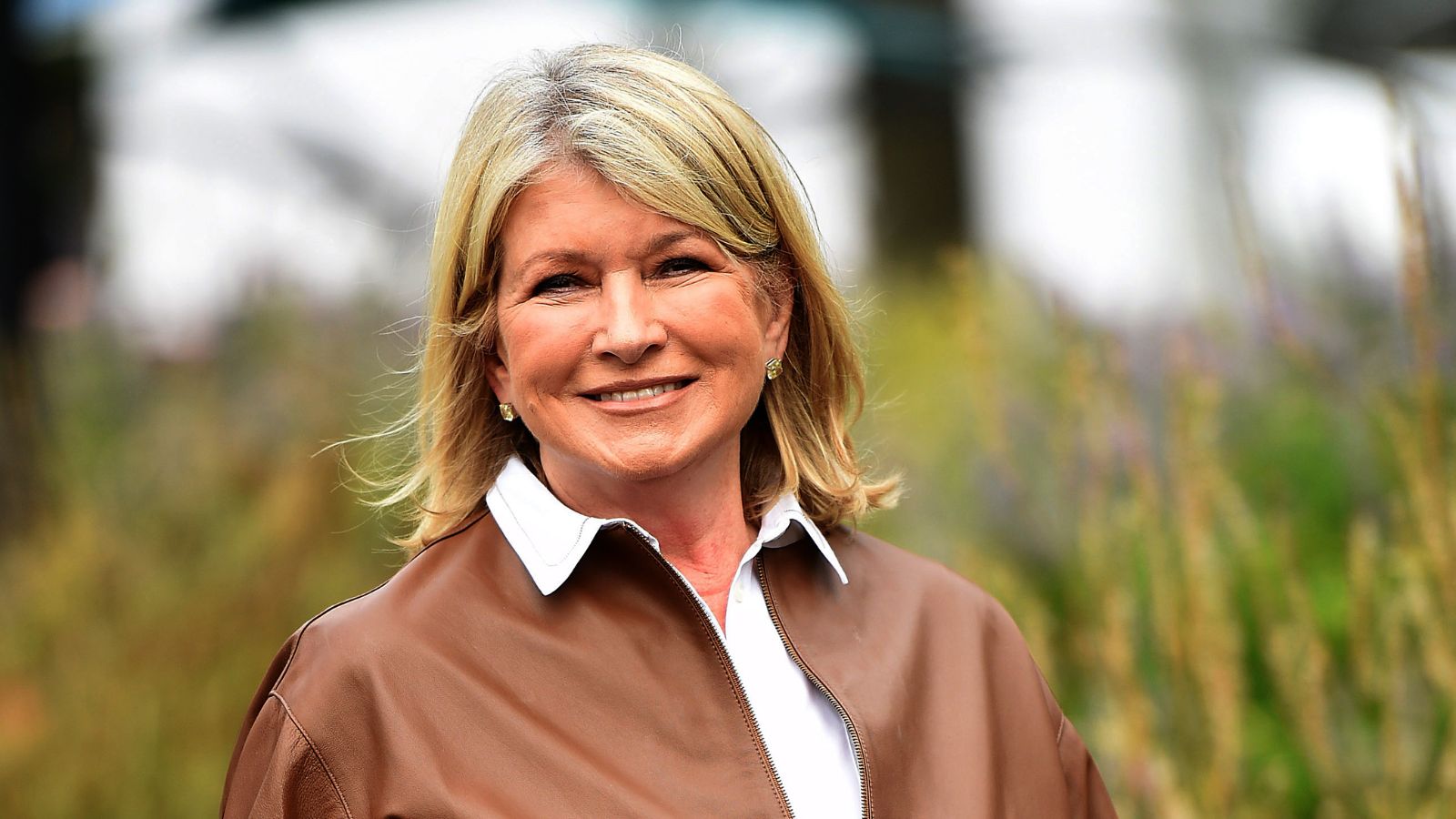 Martha Stewart's nostalgic gray-green kitchen cabinet color is having a revival – and I predict it will be a huge trend in 2026
Martha Stewart's nostalgic gray-green kitchen cabinet color is having a revival – and I predict it will be a huge trend in 2026A timeless choice for the future – there is a lot to love about a serene gray green
By Jennifer Ebert
-
 These 4 simple steps for pruning a snowball bush viburnum can give you the best blooms, plus we reveal the pitfall to avoid that will ruin any display
These 4 simple steps for pruning a snowball bush viburnum can give you the best blooms, plus we reveal the pitfall to avoid that will ruin any displayKnow how and when to prune a snowball bush with this expert pruning guide
By Drew Swainston
-
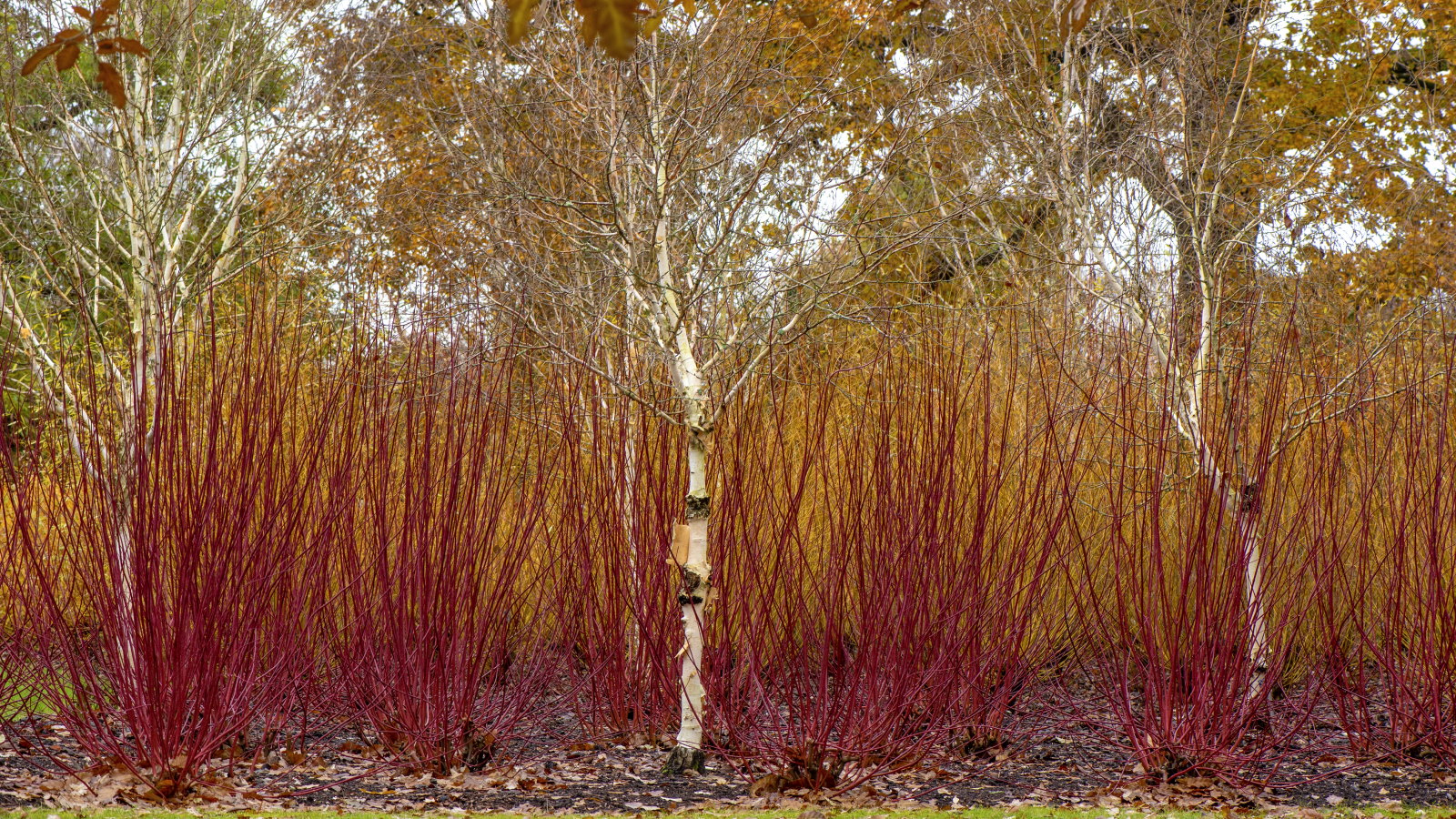 How to coppice trees and shrubs – and the 5 species that will benefit from this historical and super simple pruning technique
How to coppice trees and shrubs – and the 5 species that will benefit from this historical and super simple pruning techniqueCoppicing has aesthetic and practical benefits in a garden
By Drew Swainston
-
 Horticulturists urge you to prune these 7 plants in April – for healthy growth and better-than-ever flowering displays
Horticulturists urge you to prune these 7 plants in April – for healthy growth and better-than-ever flowering displaysDiscover a key selection of plants to cut back this month, with expert pruning advice
By Drew Swainston
-
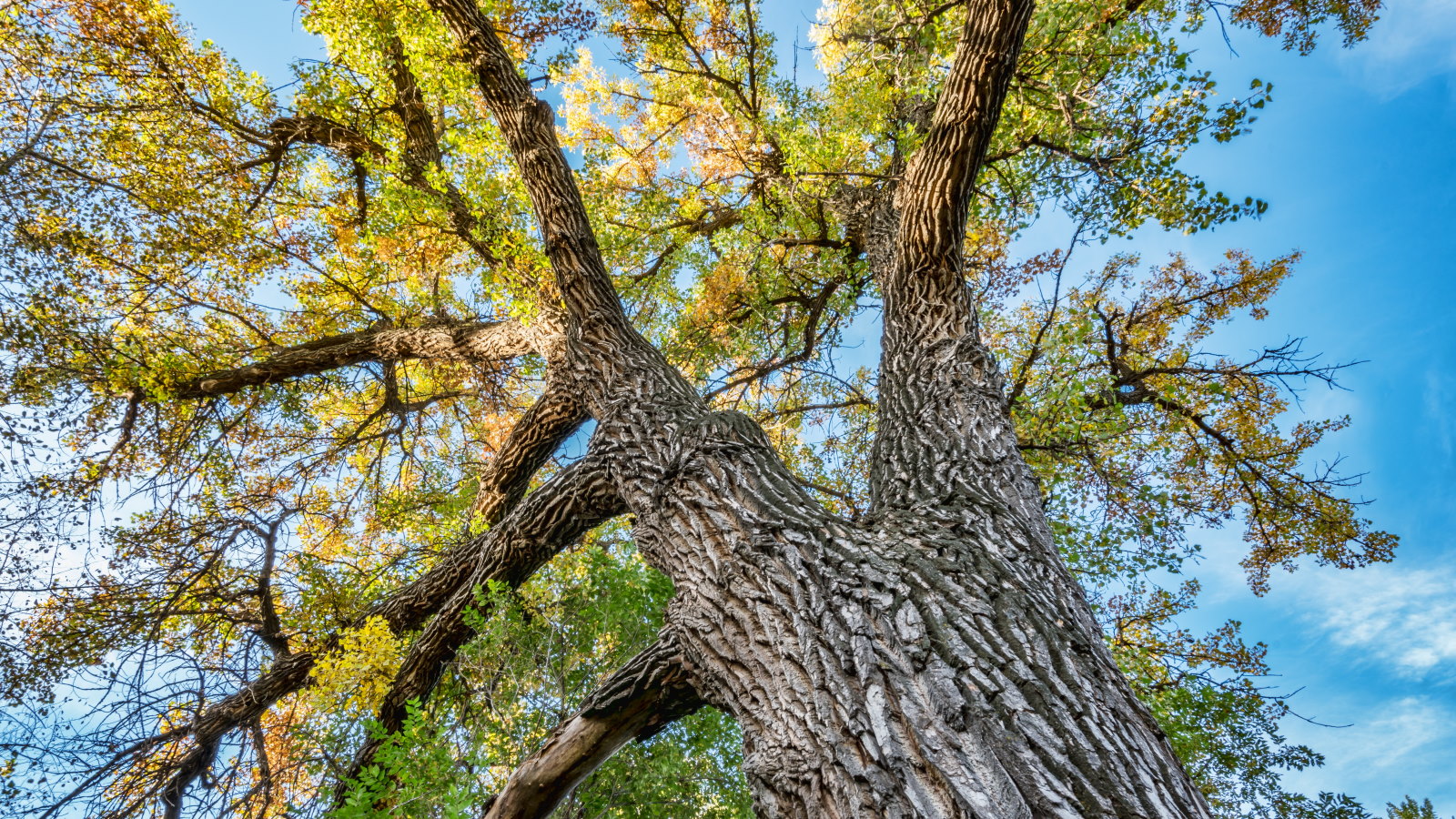 Safety is the number one reason to prune a cottonwood tree – an arborist reveals the best trimming routine to follow
Safety is the number one reason to prune a cottonwood tree – an arborist reveals the best trimming routine to followWhen and how to prune young and established cottonwoods
By Drew Swainston
-
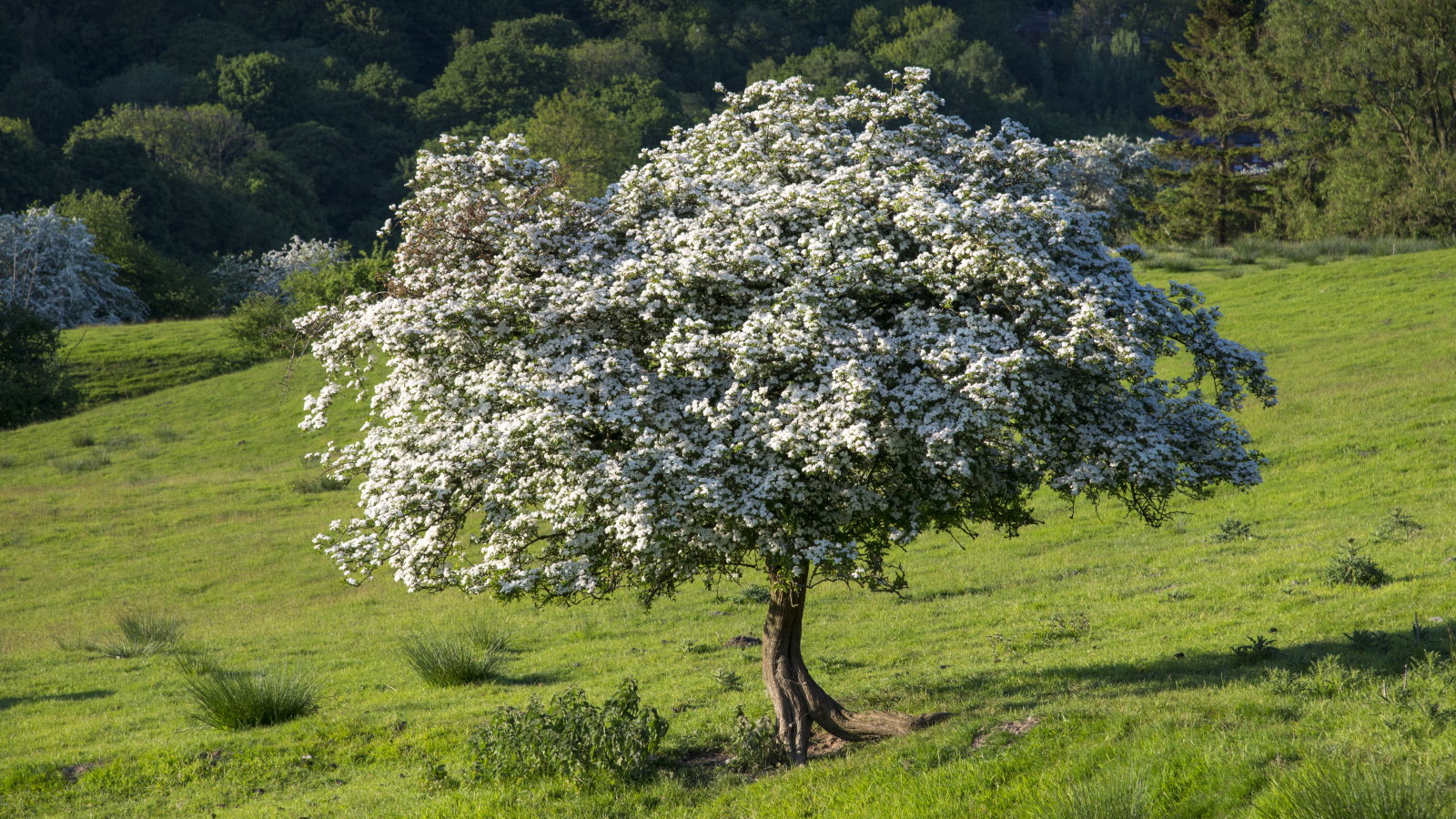 Now is the time to prune hawthorn trees to keep them healthy and attractive – 5 expert-recommended steps to follow for proper trimming
Now is the time to prune hawthorn trees to keep them healthy and attractive – 5 expert-recommended steps to follow for proper trimmingAvoid unnecessarily stressing your trees by pruning at the right time and not getting carried away
By Drew Swainston
-
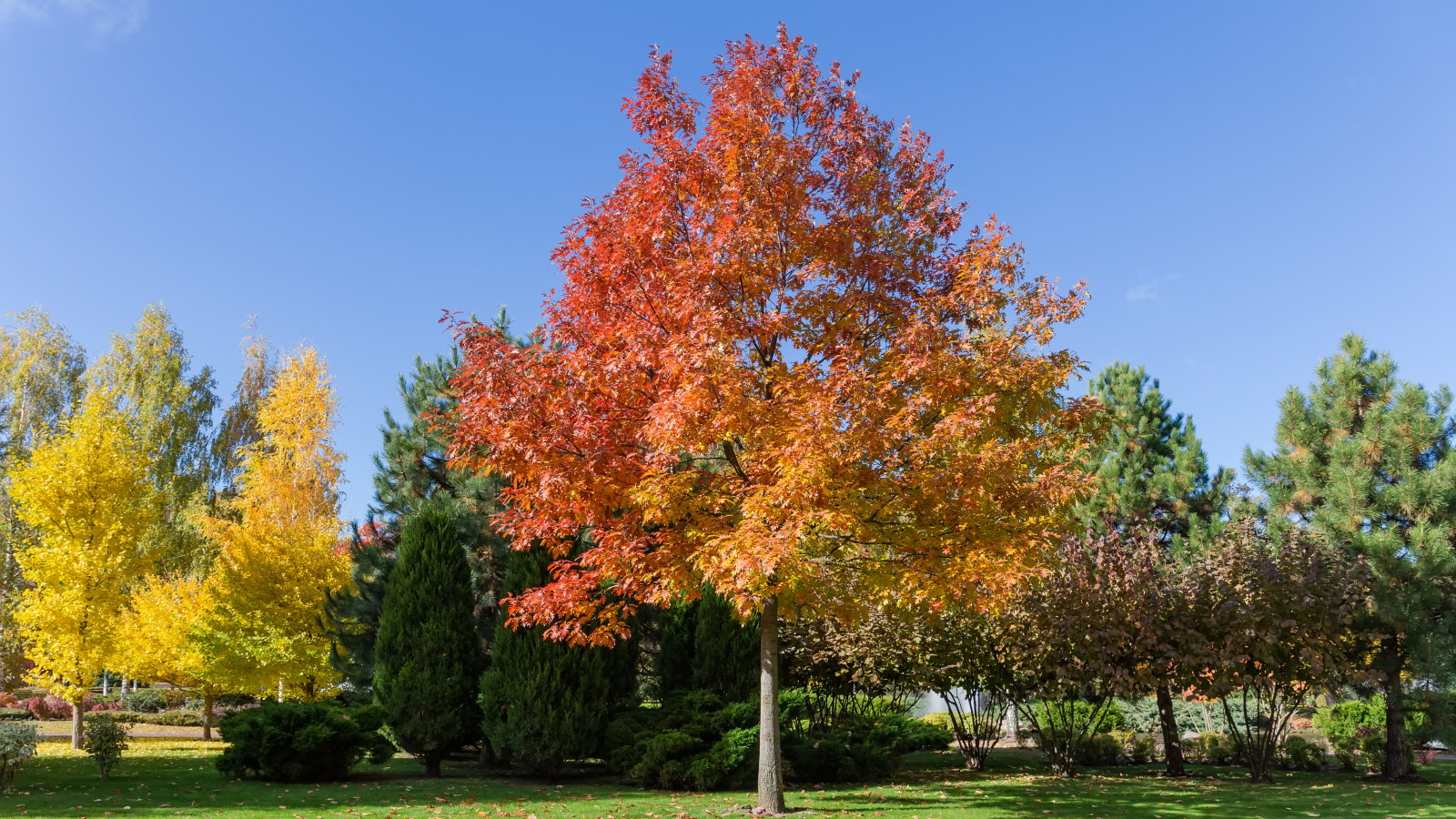 This is your last chance to prune oak trees to avoid a potentially fatal disease that can kill trees within months, arborists reveal
This is your last chance to prune oak trees to avoid a potentially fatal disease that can kill trees within months, arborists revealStay safe and discover what you can prune at different times of the year
By Drew Swainston
-
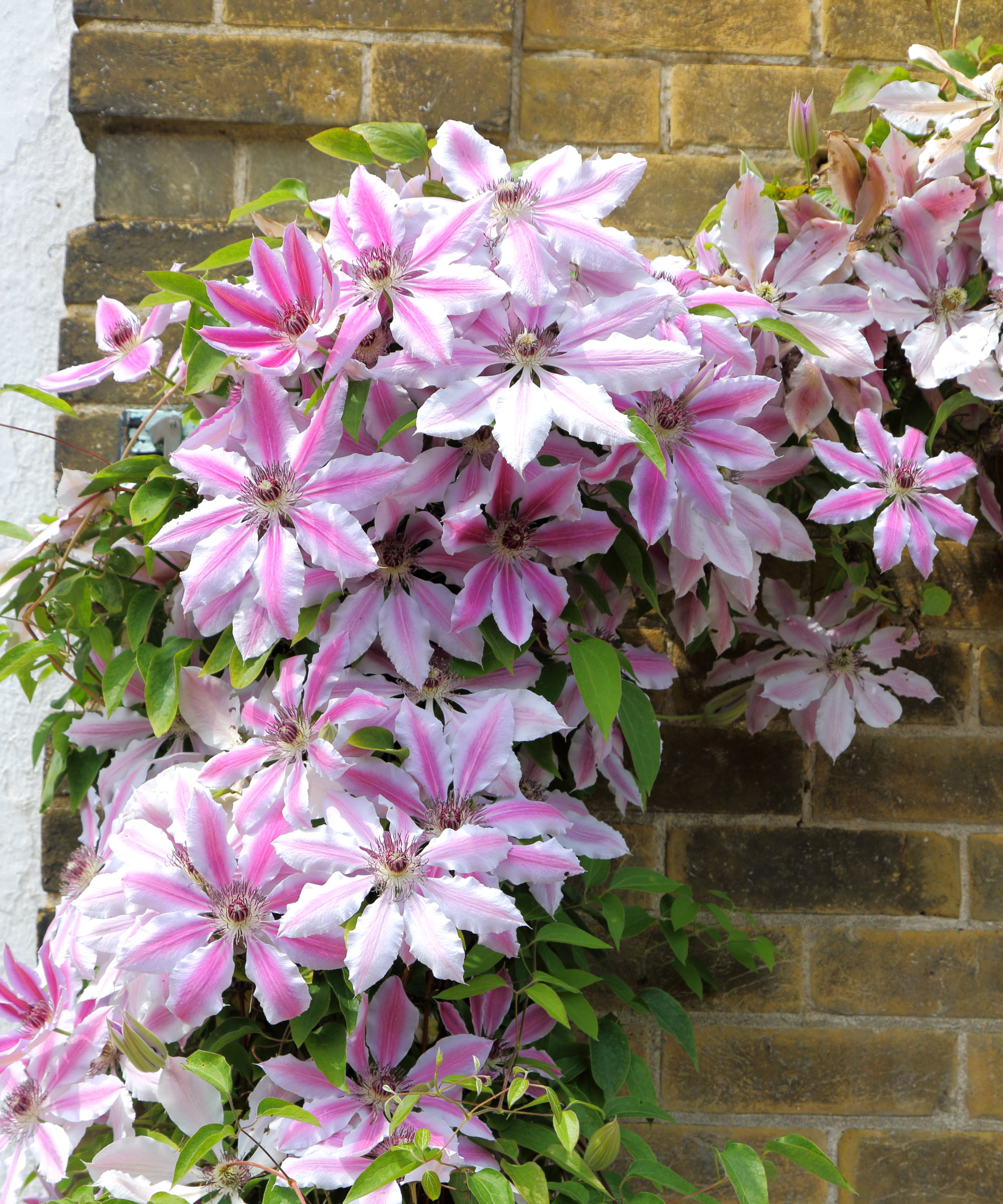 Expert horticulturists reveal 5 clematis pruning mistakes to avoid if you want spectacular floral displays
Expert horticulturists reveal 5 clematis pruning mistakes to avoid if you want spectacular floral displaysWhy you need to prune at the right time and not remove too much or too little
By Drew Swainston
-
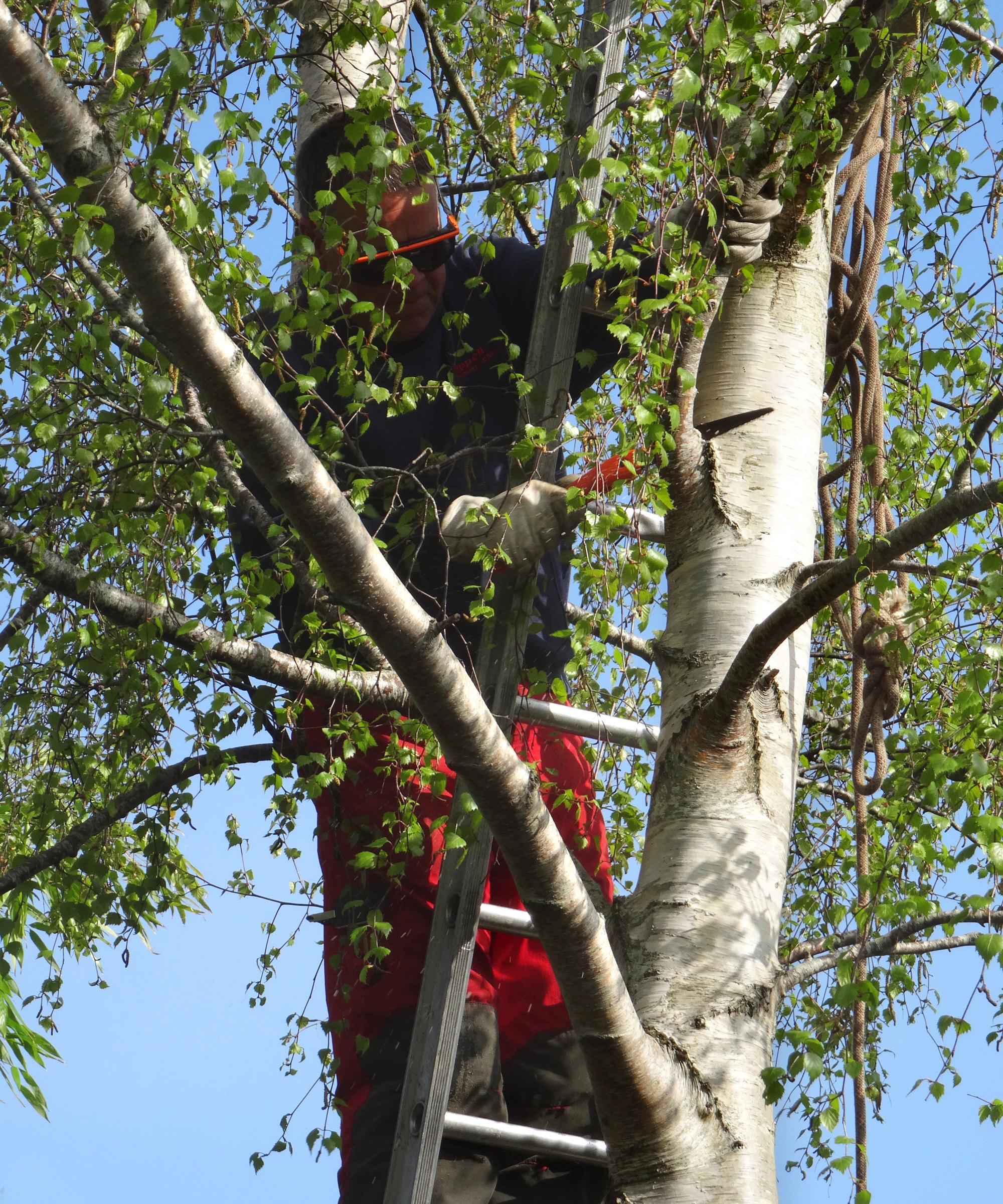 How to prune birch trees – arborists reveal 5 golden rules to follow and 3 things you should never do
How to prune birch trees – arborists reveal 5 golden rules to follow and 3 things you should never doAggressive pruning can be fatal to birch trees – here is how to avoid it
By Drew Swainston
